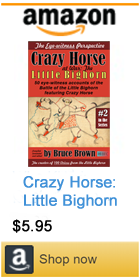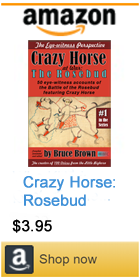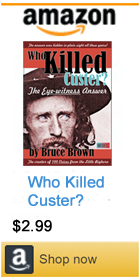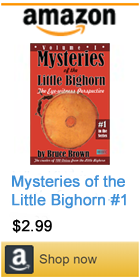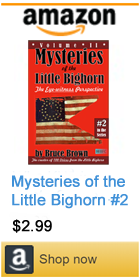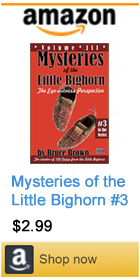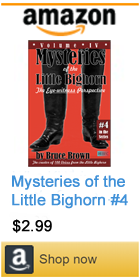|
||||||||||||
Bruce Brown's 100 Voices... Seven Anonymous Warrior's
To the Assistant Adjutant General Department of Dakota, Saint Paul, Minn. Sir: I respectfully report the following as having been derived from seven Sioux Indians just returned from the hostile camp [July 21st] some of whom were engaged in the battle of June 25th with the Seventh Cavalry [Battle of the Little Bighorn, or Battle of the Greasy Grass]. The agent of course makes no distinction between them and the other Indians at the agency. He sent them word to keep quiet and say nothing. To the other Indians he sent or delivered personally the instruction that they must not tell the military of the return of Indians from the hostile camp, nor circulate reports of operations in the late fight. The Indian account is as follows: The hostiles were celebrating their greatest of religious festivals -- the sun dance -- when runners brought news of the approach of cavalry. The dance was suspended and a general rush -- mistaken by Custer, perhaps, for a retreat -- for horses, equipments and arms followed. Major Reno first attacked the village at the south end and across the Little Bighorn. Their narrative of Reno's operations coincides with the published accounts: how he was quickly confronted, surrqunded; how he dismounted, rallied in the timber, remounted and cut his way back over the ford and up the bluffs with considerable loss; and the continuation of the fight for some little time, when runners arrived from the north end of the village, or camp, with the news that the cavalry had attacked the north end of the same -- three or four miles distant. The Indians about Reno had not before this the slightest intimation of fighting at any other point. A force large enough to prevent Reno from assuming the offensive was left and the surplus available force flew to the other end of the camp, where, finding the Indians there successfully driving Custer before them, instead of uniting with them, they separated into two parties and moved around the flanks of his cavalry. They report that he [Custer] crossed the river, but only succeeded in reaching the edge of the Indian camp. After he was driven to the bluffs the fight lasted perhaps an hour. Indians have no hours of the day, and the time cannot be given approximately. They report that a small number of cavalry broke through the line of Indians in their rear and escaped, but was overtaken, within a distance of five or six miles, and killed. I infer from this that this body of retreating cavalry was probably led by the missing officers, and that they tried to escape only after Custer fell. The last man that was killed, was killed by two sons of a Santee Indian, "Red Top," who was a leader in the Minnesota massacre of '62 and '63. After the battle the squaws entered the field to plunder and mutilate the dead. A general rejoicing was indulged in, and a distribution of arms and ammunition hurriedly made. Then, the attack on Major Reno was vigorously renewed. Up to this attack, the Indians had lost comparatively few men, but now, they say, their most serious loss took place. They give no idea of numbers, but say there were a great great many. Sitting Bull was neither killed nor personally engaged in the fight. He remained in the council tent directing operations. Crazy Horse (with a large band) and Black Moon were the principal leaders on the 25th of June. Kill Eagle, Chief of the Blackfeet, at the head of some twenty lodges left this agency about the last of May. He was prominently engaged in the battle of June 25, and afterwards upbraided Sitting Bull for not taking an active personal part in the engagement. Kill Eagle has sent me word that he was forced into this fight; that he desires to return to the agency; and that he will return to the agency if he is killed for it. He is reported actually on the way back to go to his Ate father the agent and make confession; to receive absolution for his defiant crime against the hand that has gratuitously fed him for three years. He is truly a shrewd chief, who must have discovered that he who fights and runs away may live to fight another day. The Indians were not all engaged at any one time: heavy reserves were held to repair losses and renew attacks successively. The fight continued until the third day when runners, kept purposely on the lookout, hurried in to camp and reported a great body of troops (General Terry's column) advancing up the river. Lodges having been previously prepared for a move, a retreat, in a southerly direction, followed, towards and along the base of the Rosebud mountains. They marched about fifty miles, went into camp and held a consultation, where it was determined to send into all the agencies reports of their success and to call upon them to come out and share the glories that were to be expected in the future. Wherefore, we may expect an influx of overbearing and impudent Indians to urge, by force perhaps, an accession to Sitting Bull's demands. There is a general gathering in the hostile camp from each of the agencies on the Missouri River, Red Cloud and Spotted Tail's, as also a great many Northern Cheyennes and Arapahoes (lila ota -- a great many). They report, for the especial benefit of their relatives here, that in the three (3) fights they have had with the whites they have captured over 400 stand of arms -- carbines and rifles (revolvers not counted) -- and ammunition without end; some sugar, coffee, bacon and hard bread. They claim to have captured, from the whites, this summer, over 900 horses and mules. I suppose this includes operations against soldiers, Crow Indians and Black Hills miners.
A report from another source says the Indians obtained from Custer's command 592 carbines and revolvers. I have, since writing the above, heard the following from the returned hostiles: They communicated, as a secret to their particular friends here, the information that a large party of Sioux and Cheyennes were to leave Rosebud mountains, or the hostile camp, for this agency, to intimidate and compel the Indians here to join Sitting Bull; and if they refused, they are ordered to soldier them (beat them) and steal their ponies. Of course any resistance to their attempts by the military or whites will provoke an attack upon the post, although that secret, or so much of it, has not been revealed to friends of the military. I shall report any additional news received from reliable Indian sources as soon as obtained. Very respectfully, Your obedient servant, The Custer Myth: A Source Book of Custerania, written and compiled by Colonel W.A. Graham, The Stackpole Co., Harrisburg, PA 1953, p 45 - 46
This account by "Seven Anonymous Hostiles" (i.e., free Sioux)
|
||||||||||||



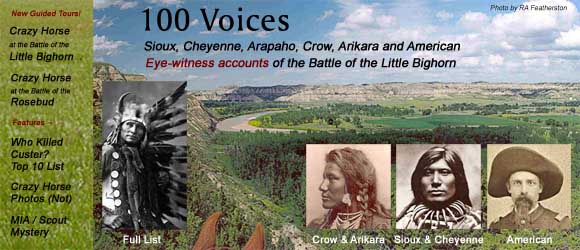
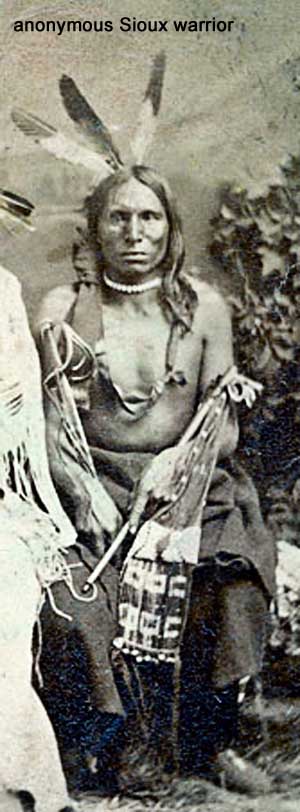 Headquarters U. S. Military Station, Standing Rock, D. T., July 24, 1876.
Headquarters U. S. Military Station, Standing Rock, D. T., July 24, 1876.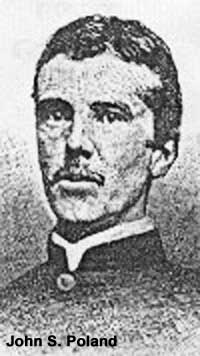 The general outline of this Indian report coincides with the published reports. The first attack of Reno's began well on in the day, say the Indians. They report about 300 whites killed. They do not say how many Indians were killed.
The general outline of this Indian report coincides with the published reports. The first attack of Reno's began well on in the day, say the Indians. They report about 300 whites killed. They do not say how many Indians were killed.
